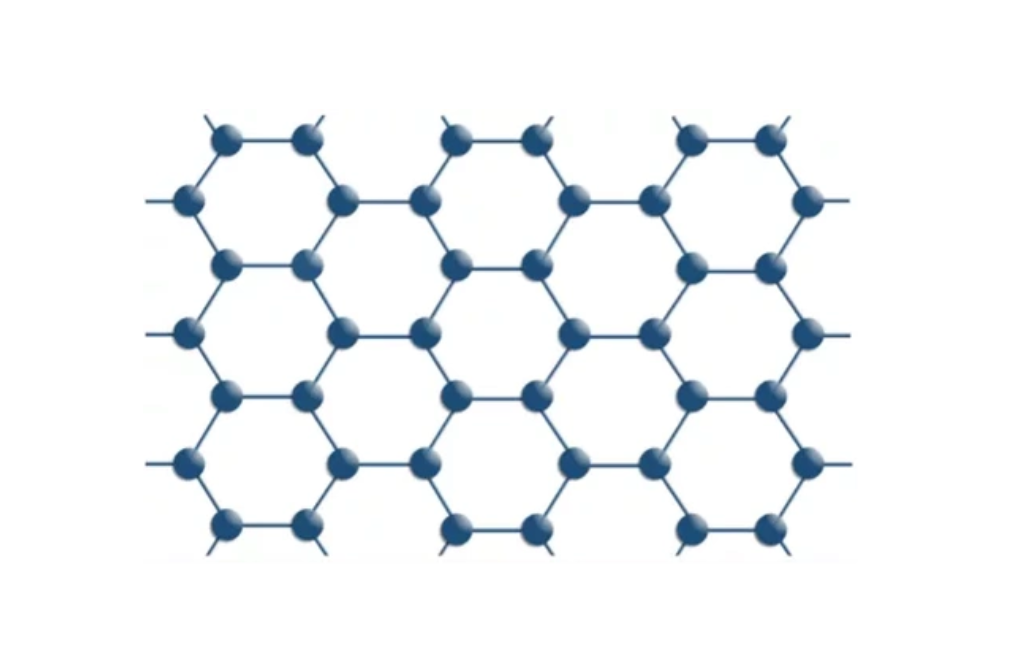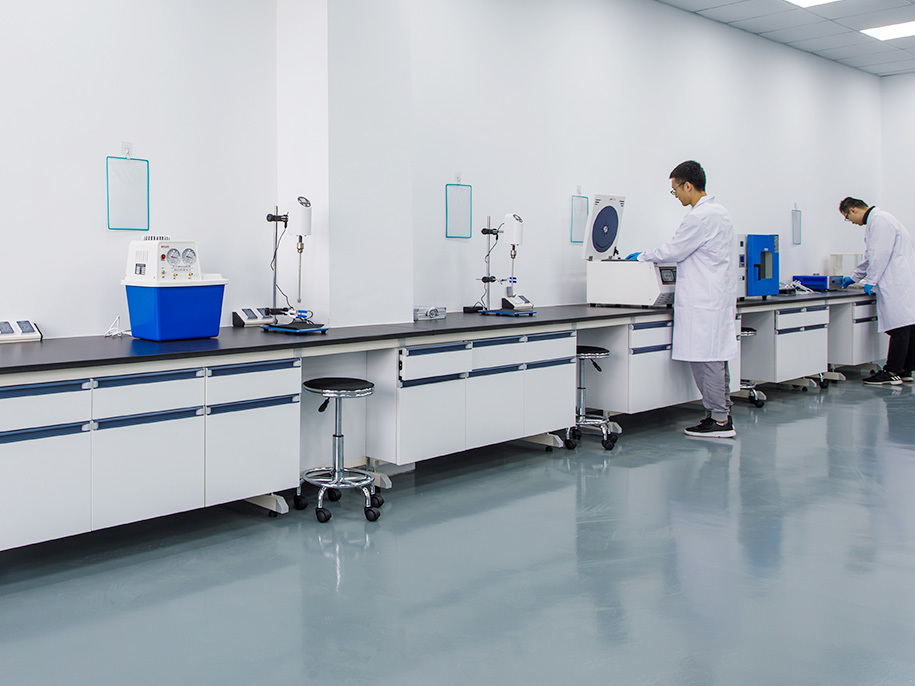Where Are the Leading Graphene Research Institutions in the World?

Graphene research has gained significant global attention, with numerous institutions leading the way in its development. These research centers focus on various aspects of graphene, including its production, applications, and commercialization. Below are some of the most prominent graphene research institutions worldwide:
1. University of Manchester (UK) – National Graphene Institute (NGI)
- Why it’s important: The University of Manchester is often considered the birthplace of graphene. In 2004, Sir Andre Geim and Sir Konstantin Novoselov isolated graphene for the first time, earning them the 2010 Nobel Prize in Physics.
- Key focus areas: Graphene electronics, energy storage, composite materials, biomedical applications.
- Facilities: The National Graphene Institute (NGI) and the Graphene Engineering Innovation Centre (GEIC) work closely with industries to commercialize graphene-based technologies.
- Website: Graphene Manchester
2. Chalmers University of Technology (Sweden) – Graphene Flagship
- Why it’s important: This is Europe’s largest graphene research initiative, funded by the European Union with a budget of over €1 billion.
- Key focus areas: Large-scale graphene production, nanoelectronics, biomedical devices, sensors.
- Facilities: Chalmers University coordinates Graphene Flagship, a research consortium involving over 170 academic and industrial partners.
- Website: Graphene Flagship
3. Massachusetts Institute of Technology (MIT) (USA)
- Why it’s important: MIT is a global leader in nanomaterials and advanced graphene applications.
- Key focus areas: Graphene-based semiconductors, ultra-fast transistors, quantum materials, energy applications.
- Notable breakthroughs: MIT researchers have worked on graphene-based superconductors and twisted bilayer graphene, which have potential applications in quantum computing.
- Website: MIT Graphene Research
4. National University of Singapore (NUS) – Centre for Advanced 2D Materials (CA2DM)
- Why it’s important: NUS has been at the forefront of graphene and 2D materials research in Asia.
- Key focus areas: Flexible electronics, photonics, optoelectronics, graphene membranes.
- Notable researchers: Prof. Antonio Castro Neto, a world-renowned expert in 2D materials.
- Website: NUS CA2DM
5. Tsinghua University (China)
- Why it’s important: One of China’s top universities leading graphene research and industrial applications.
- Key focus areas: Graphene-based batteries, energy storage, thermal management.
- Collaborations: Works closely with Chinese tech giants and industries to commercialize graphene applications.
- Website: Tsinghua University
6. Peking University (China)
- Why it’s important: A major player in graphene research and development in China.
- Key focus areas: Graphene production techniques, composites, quantum electronics.
- Collaborations: Works with companies on large-scale graphene commercialization.
- Website: Peking University
7. Rice University (USA) – Richard E. Smalley Institute for Nanoscale Science and Technology
- Why it’s important: One of the first institutions to study carbon nanomaterials, including graphene.
- Key focus areas: Energy storage, water purification, nanotechnology.
- Notable contributions: Rice researchers developed Flash Joule Heating, a scalable method for producing high-quality graphene from waste materials.
- Website: Rice University Graphene Research
8. University of California, Berkeley (USA)
- Why it’s important: A top research institution focused on graphene-based nanoelectronics.
- Key focus areas: Quantum computing, photonics, graphene transistors.
- Notable breakthroughs: Berkeley researchers pioneered the use of graphene for ultra-high-speed transistors.
- Website: UC Berkeley Nanoscience
9. KAIST (Korea Advanced Institute of Science and Technology) – South Korea
- Why it’s important: South Korea is a leader in graphene commercialization, and KAIST plays a key role in graphene research.
- Key focus areas: Flexible displays, graphene-based semiconductors, energy applications.
- Industry partnerships: Works with Samsung and LG on integrating graphene into consumer electronics.
- Website: KAIST
10. Indian Institute of Science (IISc) – Bangalore, India
- Why it’s important: One of India’s top institutions focused on graphene and nanomaterials research.
- Key focus areas: Graphene-based coatings, energy storage, biomedical applications.
- Industry collaborations: Works with Tata and other Indian companies to develop graphene-enhanced materials.
- Website: IISc Bangalore
Conclusion
Graphene research is advancing rapidly across the globe, with institutions in Europe, North America, Asia, and beyond leading the way. The University of Manchester and MIT have been pioneers in graphene discovery and fundamental research, while institutions like NUS, Tsinghua University, and KAIST are driving applied research and commercialization. Collaborative projects such as Graphene Flagship in Europe are accelerating the global push toward graphene-based technologies.
As graphene production techniques improve and become more scalable, these institutions will play a crucial role in transitioning graphene from the lab to real-world applications.

